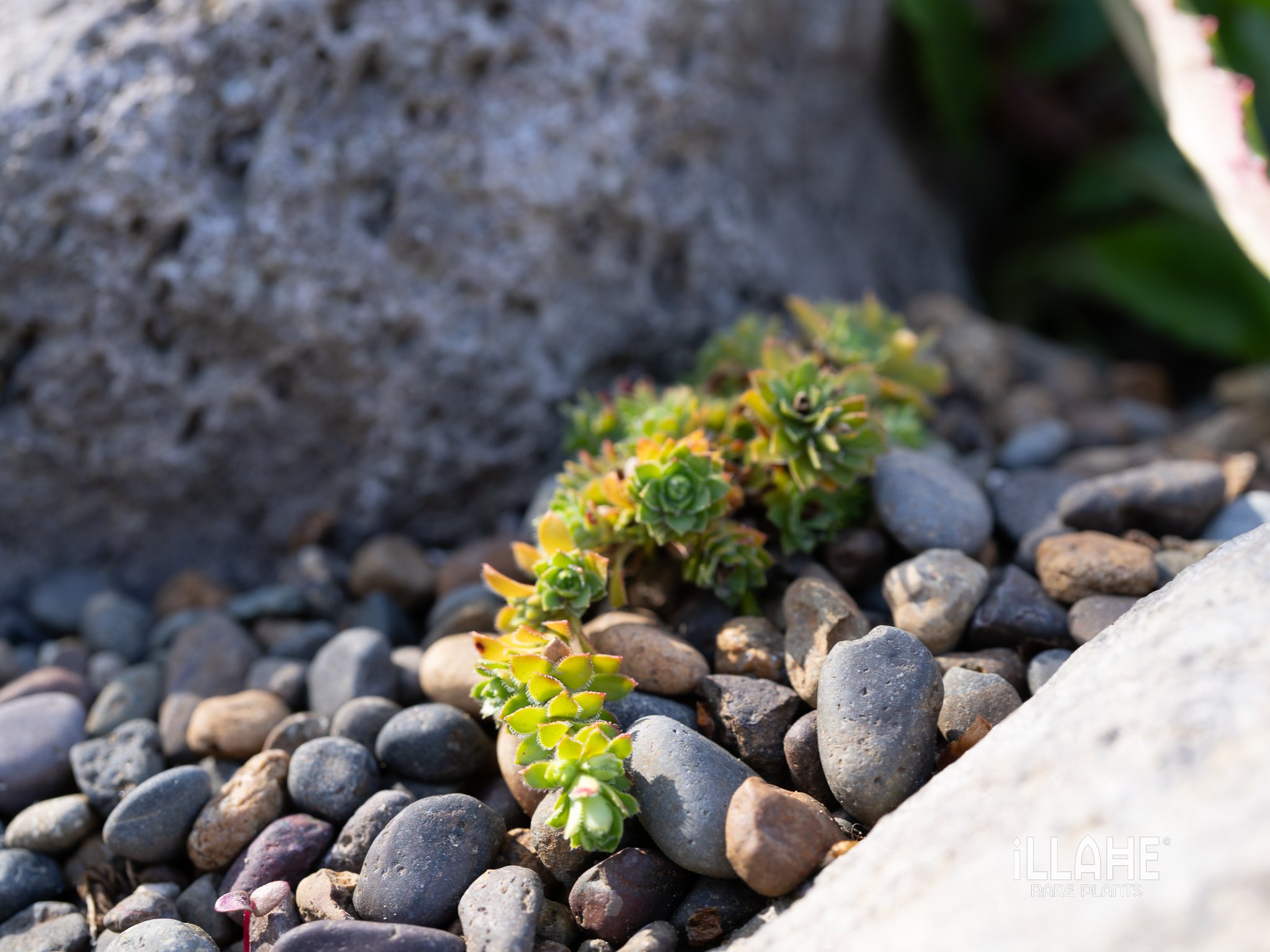

Saxifraga bronchialis var. austromontana
This collection of our native western cushion saxifrage is from the Wallowa mountains where it was clinging to volcanic rocks on shadier slopes facing mostly north at 8-9,000’. Tucked in amongst the snow willow where it definitely can withstand some severe conditions. A rugged alpine perennial native to a large swath of western North America, Saxifraga bronchialis forms dense, low-growing mats of evergreen rosettes, perfect for rock gardens and crevice plantings. Native to rocky slopes, cliffs, and alpine meadows from Alaska south through the Pacific Northwest and the northern Rockies, it is exceptionally hardy and thrives in well-drained, gritty soils.
In late spring to early summer, delicate clusters of star-shaped white to pale pink flowers emerge, often tinged with yellow centers, held aloft on slender stalks above the foliage. This spreading saxifrage is ideal for alpine troughs, stone walls, or as a groundcover in rockeries, offering both texture and long-lasting floral interest. Its compact habit and tolerance of drought and cold make it a reliable choice for challenging garden conditions.
Culture: Plant in full sun to light shade in sharply drained soil. Once established, it is extremely drought-tolerant and low-maintenance. Excellent for naturalistic rock gardens or alpine displays.
Hardiness: USDA Zones 3–7.
This collection of our native western cushion saxifrage is from the Wallowa mountains where it was clinging to volcanic rocks on shadier slopes facing mostly north at 8-9,000’. Tucked in amongst the snow willow where it definitely can withstand some severe conditions. A rugged alpine perennial native to a large swath of western North America, Saxifraga bronchialis forms dense, low-growing mats of evergreen rosettes, perfect for rock gardens and crevice plantings. Native to rocky slopes, cliffs, and alpine meadows from Alaska south through the Pacific Northwest and the northern Rockies, it is exceptionally hardy and thrives in well-drained, gritty soils.
In late spring to early summer, delicate clusters of star-shaped white to pale pink flowers emerge, often tinged with yellow centers, held aloft on slender stalks above the foliage. This spreading saxifrage is ideal for alpine troughs, stone walls, or as a groundcover in rockeries, offering both texture and long-lasting floral interest. Its compact habit and tolerance of drought and cold make it a reliable choice for challenging garden conditions.
Culture: Plant in full sun to light shade in sharply drained soil. Once established, it is extremely drought-tolerant and low-maintenance. Excellent for naturalistic rock gardens or alpine displays.
Hardiness: USDA Zones 3–7.





